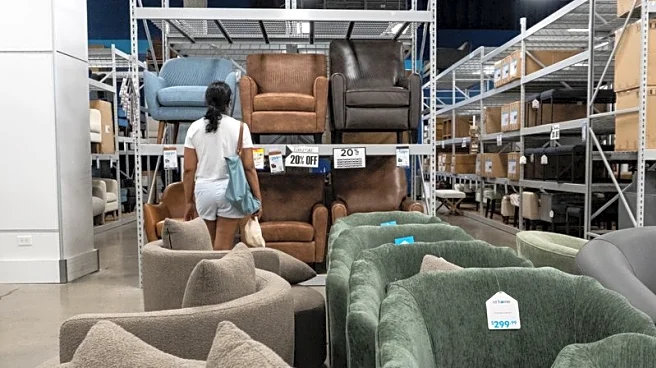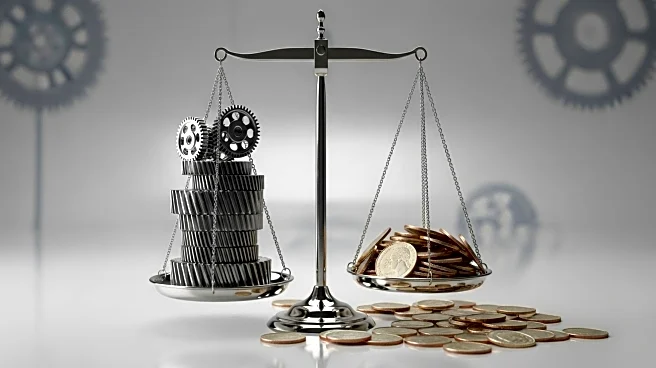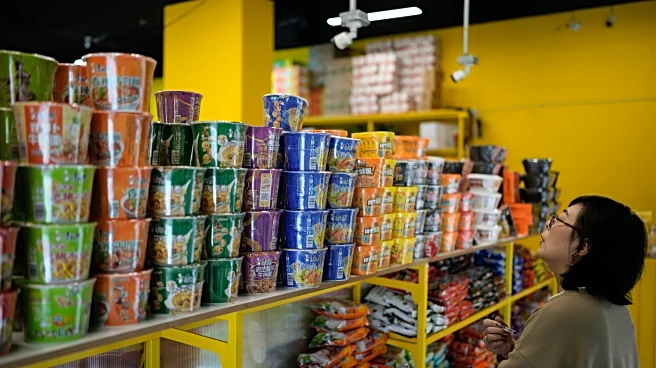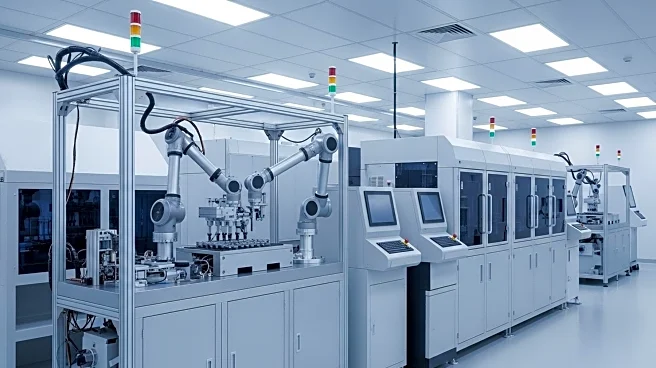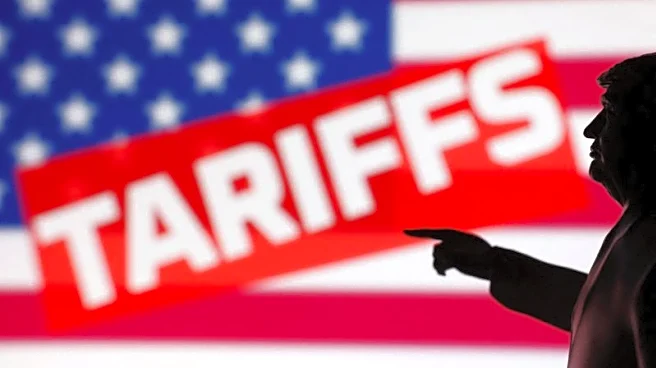What's Happening?
President Trump has announced new tariffs on home goods, including a 30% levy on upholstered furniture and a 50% tariff on kitchen cabinets and bathroom vanities. These tariffs, revealed on Truth Social, are part of a broader strategy to protect U.S. industries from foreign competition. The home goods industry is experiencing significant disruption, with companies facing increased costs and potential supply chain issues. Industry groups like the American Kitchen Cabinet Alliance have supported these tariffs, arguing they are necessary to combat the influx of cheaper foreign imports. However, the tariffs are expected to raise the cost of home renovations, potentially increasing remodeling expenses by up to 25%.
Why It's Important?
The tariffs are likely to have a broad impact on the U.S. economy, particularly affecting consumers and the home goods industry. While the tariffs aim to protect domestic manufacturing jobs, they could lead to higher prices for consumers, exacerbating existing economic challenges such as stagnant wages and high interest rates. The tariffs may also strain international trade relations, as they target imports from countries like Mexico, Vietnam, and Malaysia. The economic resilience of the U.S. is being tested, with consumer spending currently propped up by higher-income households. The tariffs could further widen economic disparities and contribute to social unrest if middle-income Americans face increased financial pressures.
What's Next?
The home goods industry may need to adapt by reshoring production, although this process is costly and time-consuming. Companies are likely to face challenges in adjusting supply chains and managing increased production costs. The tariffs could prompt further discussions on trade policies and their impact on the U.S. economy. Stakeholders, including industry groups and policymakers, may need to negotiate solutions to mitigate the negative effects on consumers and the broader economy.




